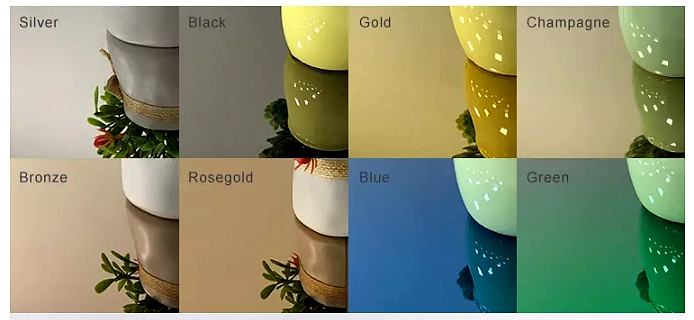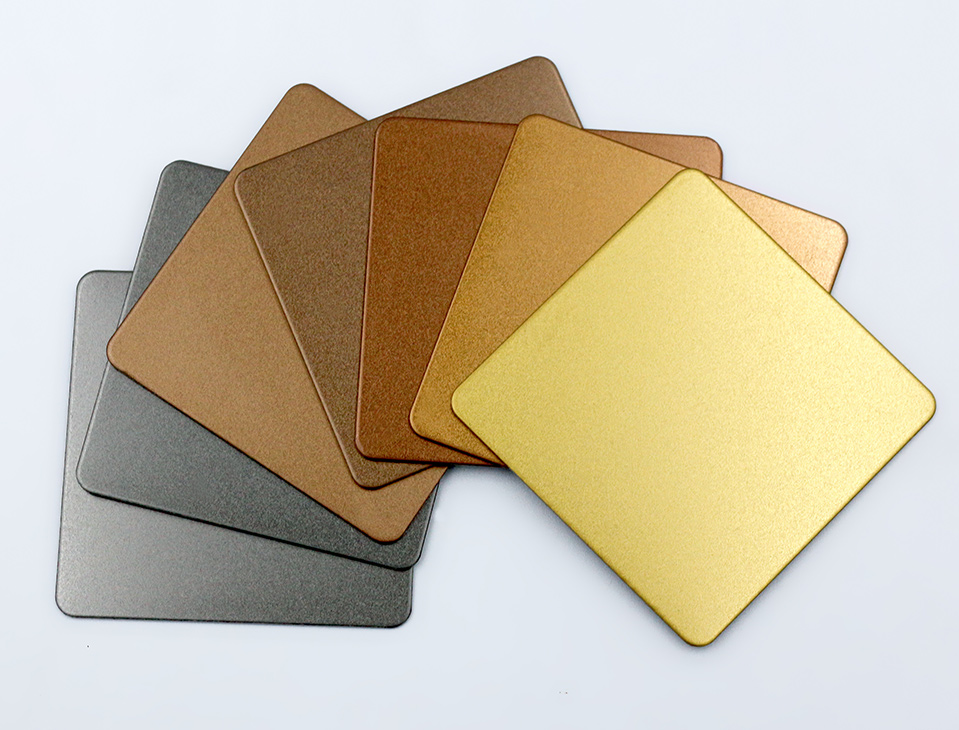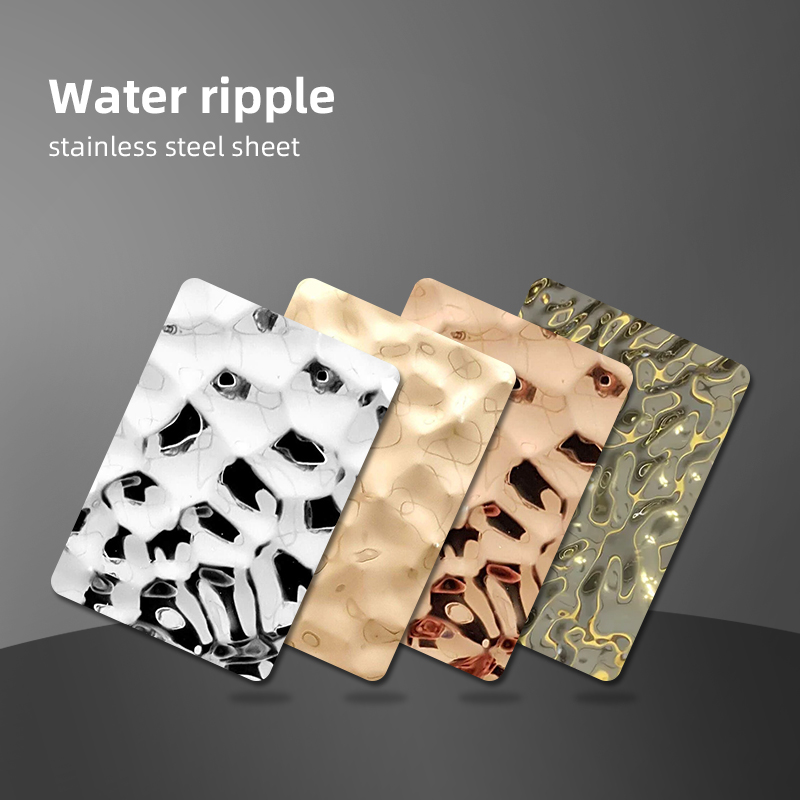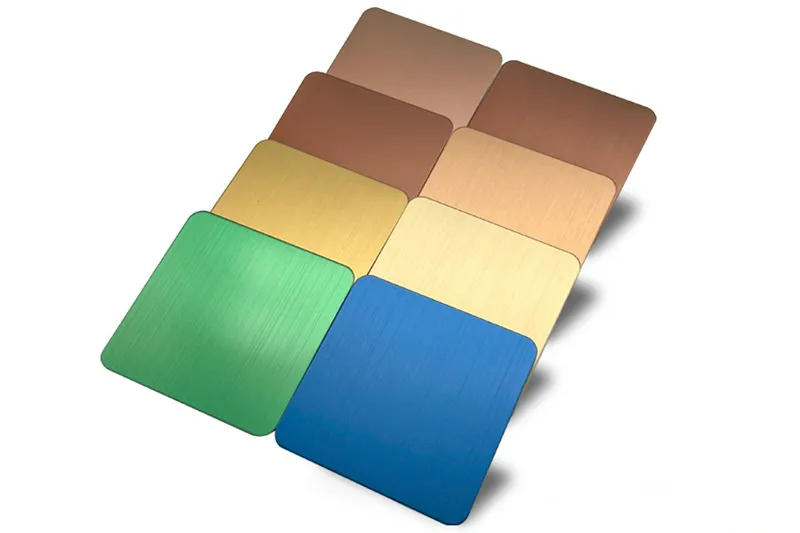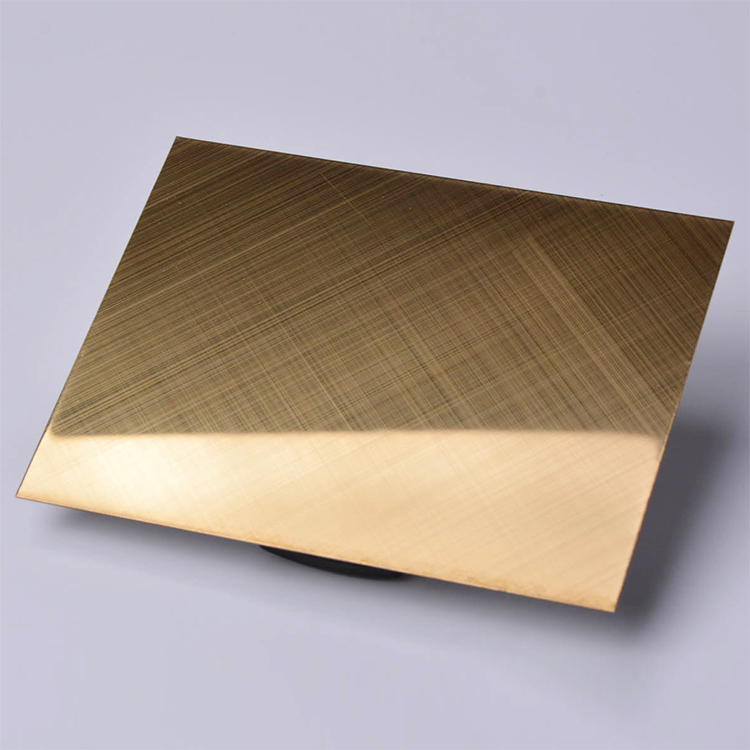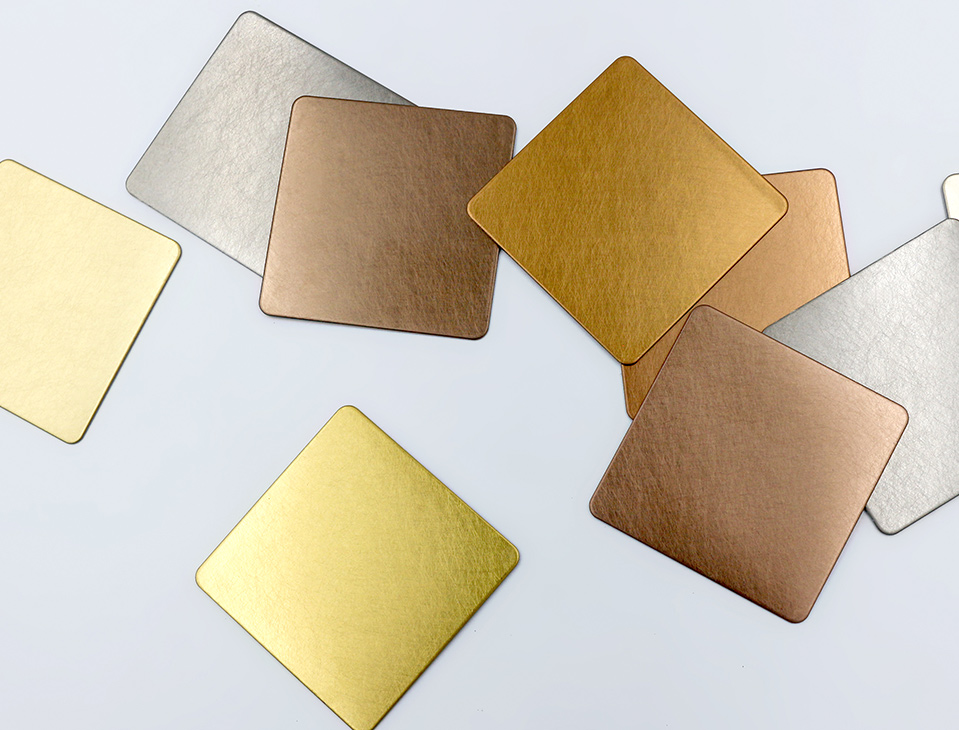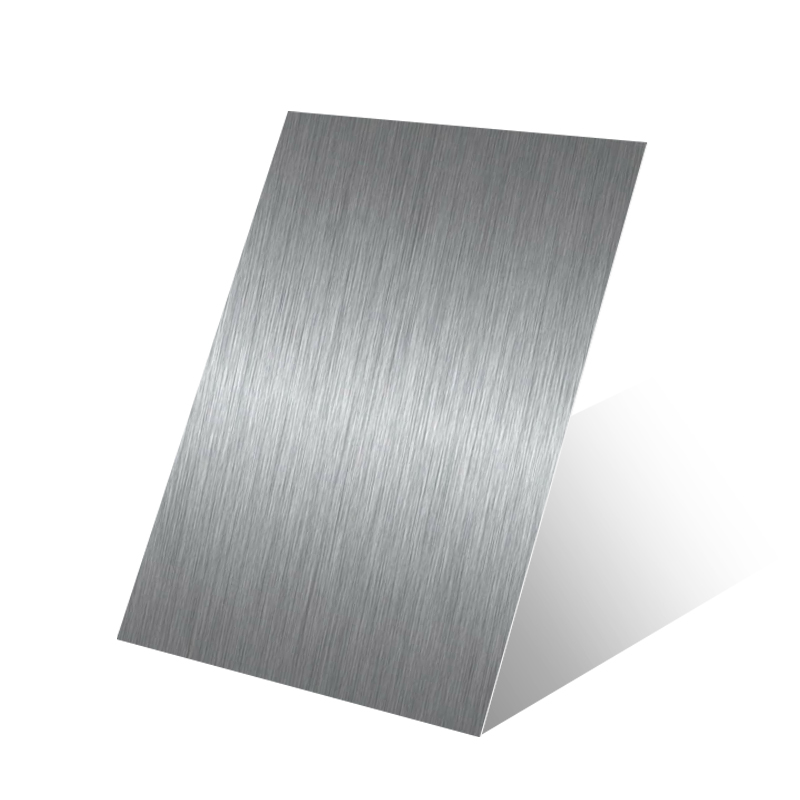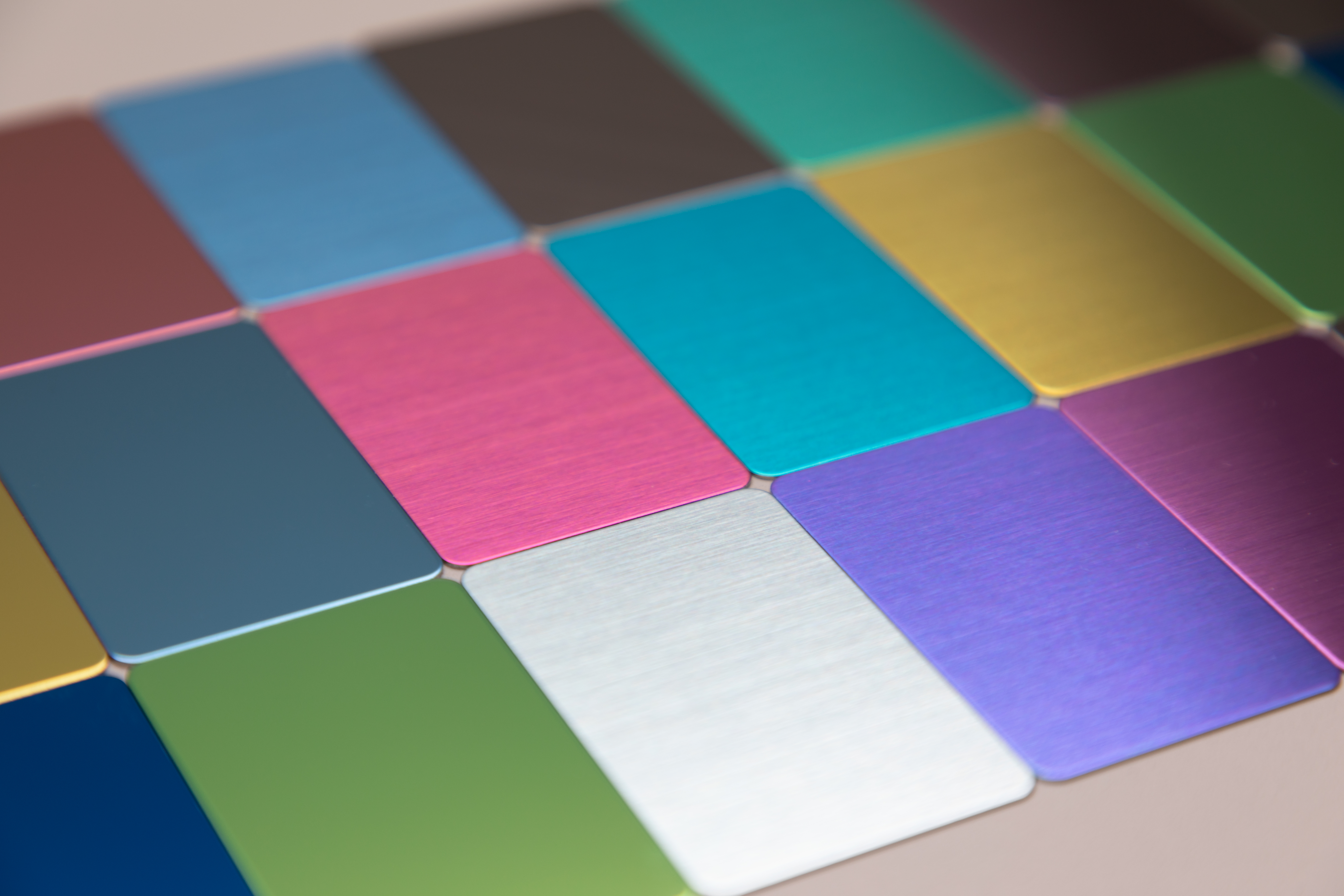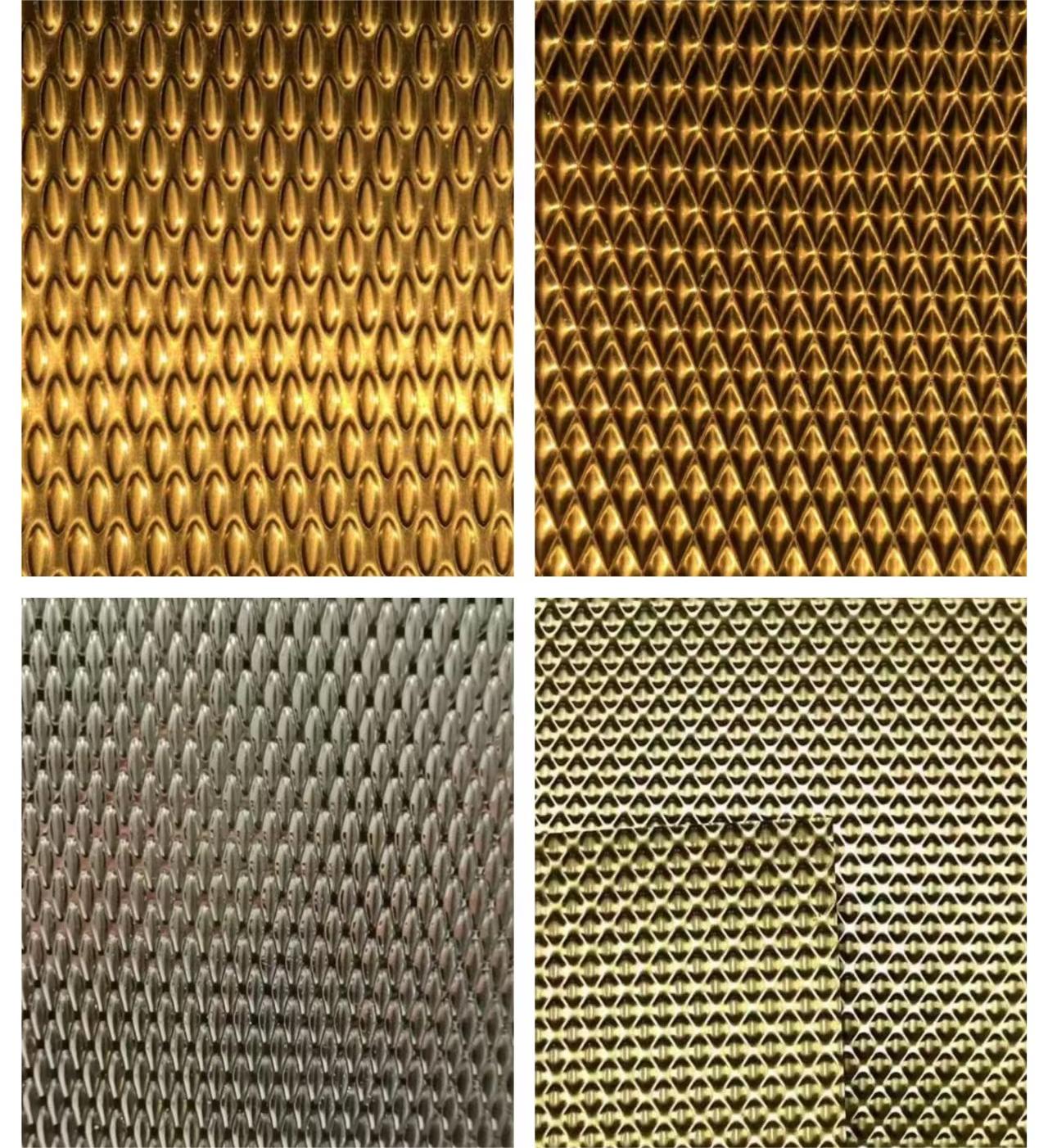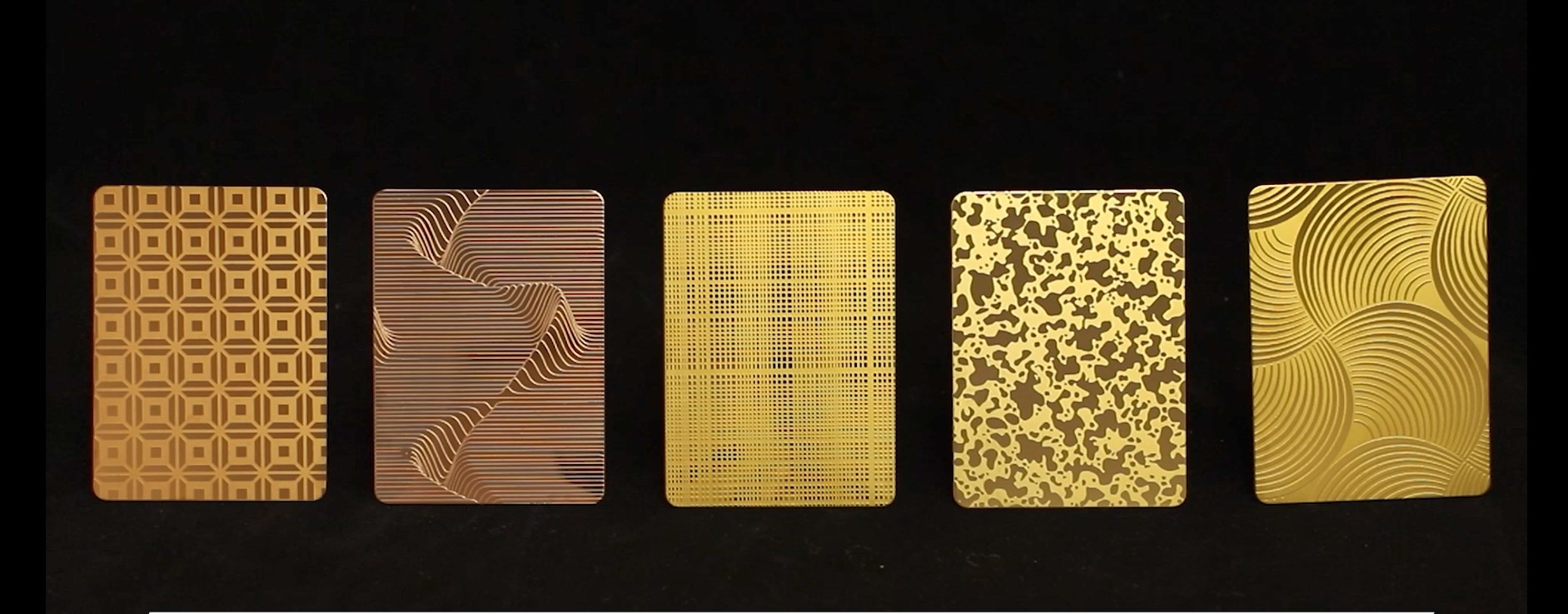In recent years,Stainless steel has become one of the most popular decorative materials widely used in various industries. You can see it in buildings, landmarks, and even medical equipment. Stainless steel has achieved present status because of its excellent machinability. This article will explore the fundamentals of stainless steel and its surface grades.
What is Stainless Steel?
Stainless steel is an alloy resistant to rusting and corrosion. It originated in 1798 and has been applied to architecture since the early 1900s. And its elements include C, Ni, Ti, Mn, N, Nb, Mo, Si, and Cu.
Cr is the main characteristic that determines stainless steel corrosion resistance. As the indispensable content, Chromium should be at least 10.5%. It will form a coat of self-passivation (oxide) film on the surface to prevent corrosion. The oxide film also can prevent rust from diffusing to maintain its aesthetic and achieve it usable for a long time.
Stainless steel has become one of the most practical alloys with its high weather ability, weldability, plasticity, and corrosion. As a multipurpose material, you can see it from primary products to architectural aesthetics.
The most commonly used type of stainless steel includes the 201, 304, 304L, 316, 316L, and 430 worldwide. You can choose it according to the environment. When used for city architecture, 304 or 304L is the best performance and cost choice.
If used in harsh environments, such as marine or high-temperature industries, SUS 316, SUS 316L, duplex stainless steel, or ferrite stainless steel is the best choice. Because they have higher corrosion resistance and weather ability.
As decorative materials, stainless steel supports various processing, including but not limited to brushed, polished, colored, and embossed. Different situations need different finishes. An embossed finish may be chosen in high-traffic areas for its higher scratch resistance.
Types of Stainless Steel Finishes
Raw steel has a rough and dull surface. A decorative plate often requires higher aesthetics. Certain specific industries will require high corrosion resistance of steel. At this time, stainless steel finishing processing came into being.
Every manufacturing process of stainless steel produces a surface texture. We can transform raw steel into high-value products with further surface finishing techniques. Some common stainless steel surface finishing techniques include polishing, brushing, and blasting.
A mirror finish stainless steel refers to a highly polished and reflective surface on stainless steel. This type of finish is achieved through a series of polishing and buffing processes that create a smooth, glossy surface with a mirror-like appearance. The finish is often used for decorative or architectural applications where aesthetics are important.
The process of achieving a mirror finish typically involves progressively finer grits of abrasive materials, polishing compounds, and buffing wheels. The goal is to remove any imperfections, scratches, or dullness from the stainless steel surface, leaving it smooth and reflective. The final result is a surface that reflects light in a manner similar to a mirror.
Bead Blasted Stainless Steel
Bead blasting is a finishing process used on stainless steel and other metals to achieve a specific texture and appearance. Bead blasted stainless steel has a matte, non-reflective surface with a slightly textured or pebbled finish. This process involves propelling fine glass beads or ceramic beads at high velocity against the surface of the stainless steel.
Bead blasted stainless steel is known for its subdued and uniform appearance. The texture introduced by the bead blasting process helps to hide scratches, fingerprints, and other minor imperfections, making it a popular choice for applications where a low-reflectivity and non-glossy surface are desired.
Water ripple stainless steel refers to a specific finish applied to stainless steel surfaces that mimics the appearance of water ripples or waves. This decorative finish is achieved through various processes, typically involving the use of specialized tools or techniques to create the desired pattern on the metal surface.
The water ripple effect is often applied to stainless steel sheets, panels, or other components for architectural and design purposes. The finish adds a unique and visually interesting element to the stainless steel, making it suitable for a range of applications. The process of creating water ripple stainless steel may involve mechanical or chemical methods to achieve the desired effect.
Hairline Stainless Steel (#4 Finish Stainless Steel Sheet)
Hairline stainless steel, often referred to as a #4 finish, is a surface finish applied to stainless steel sheets or other stainless steel products. This finish is characterized by a fine and uniform directional grain pattern that resembles strands of hair, hence the term “hairline.” The appearance is achieved through a series of abrasive polishing and brushing processes.
The process of achieving a hairline finish involves using progressively finer abrasives, such as sandpaper or abrasive pads, to create the desired grain pattern on the stainless steel surface. The final result is a consistent and visually appealing finish that adds a touch of sophistication to the stainless steel material.
Hairline stainless steel is a popular choice in contemporary design for its elegant and understated appearance. It strikes a balance between the high reflectivity of a mirror finish and the more subdued look of other finishes, making it suitable for a wide range of applications in both residential and commercial settings.
Cross Hairline Stainless Steel
Cross hairline stainless steel refers to a specific type of surface finish applied to stainless steel sheets or other stainless steel products. This finish is characterized by a pattern of intersecting or crossed hairline lines, creating a unique and decorative appearance. The cross hairline pattern adds visual interest and texture to the stainless steel surface, making it suitable for various architectural and design applications.
The process of achieving a cross hairline finish involves using abrasive techniques, such as brushing or polishing, to create the intersecting lines on the stainless steel surface. The level of precision and the spacing of the lines can vary depending on the desired design and manufacturer specifications.
Cross hairline stainless steel is a versatile and aesthetically pleasing option for those seeking a decorative and textured surface. It adds a touch of sophistication to architectural and design elements, contributing to a modern and visually appealing environment.
Vibration stainless steel, also known as vibration finish or orbital finish, is a surface finish applied to stainless steel that creates a distinctive and textured appearance resembling the ripples or vibrations on a surface. This finish is achieved through a mechanical process that imparts a pattern of lines or waves on the stainless steel surface. The result is a visually interesting and contemporary look that adds depth and texture to the material.
Satin Stainless Steel
Satin stainless steel refers to a specific finish applied to stainless steel surfaces that results in a smooth and even appearance with a low level of reflectivity. The satin finish is achieved through mechanical processes such as sanding or brushing, which create a consistent grain pattern on the surface. This finish is characterized by a subtle sheen and a soft, matte appearance.
PVD (Physical Vapor Deposition) colored coating on stainless steel refers to a process in which a thin layer of material, often a metal or a metallic compound, is deposited onto the surface of stainless steel through a vacuum coating method. The PVD process is used to achieve various colors and finishes, providing both aesthetic and functional benefits to stainless steel products.
PVD colored coating on stainless steel has become popular in contemporary design, offering a combination of the sleek, modern look of stainless steel with a range of color options. It is commonly used in architectural elements, furniture, appliances, and other products where both aesthetic appeal and durability are essential.
Embossed stainless steel refers to stainless steel sheets or plates that have undergone a manufacturing process to create raised or recessed patterns, textures, or designs on the surface. This process adds a decorative and tactile element to the stainless steel, enhancing its visual appeal and making it suitable for various applications in architecture, interior design, and industrial settings.
Etching stainless steel is a process that involves selectively removing material from the surface of stainless steel using an acid or chemical solution. This technique is commonly employed for decorative purposes, allowing intricate patterns, designs, or images to be etched onto the stainless steel surface. The result is a visually appealing and often detailed design that contrasts with the untouched areas of the material.
Etched stainless steel is favored in applications where a high level of customization and decorative detailing is desired. It offers a way to create visually striking and unique surfaces for various design and architectural projects.
Conclusion
Selecting the correct finish option is essential regardless of the intended use. Have a complex project but are unsure which stainless steel finishes are right for you? Don’t hesitate to get in touch with us to get professional advice.
Post time: Dec-26-2023


